Starting from 2016, the store level has had an increasingly greater impact on sellers. To put it bluntly, the impact on traffic is becoming increasingly greater. Taobao platform wants to create a more fairer competitive environment for merchants at the same level, but at the same time, it also allows some people to use this loophole to do some black technology. I believe many people have heard of it even if they can’t operate it!
But I think many people should not have a deep understanding of levels and weights, so today I would like to talk about my understanding around store levels and weights!
Definition of weights:
Weight is a relative concept for a certain indicator. The weight of a certain indicator refers to the relative importance of the indicator in the overall evaluation. Weights are to distinguish the severity of several evaluation indicators. The corresponding weights of a set of evaluation indicator systems form a weight system.
Example: Numerical weight
For example: The student's final evaluation is a comprehensive evaluation of students' usual grades, midterm exam results, and final exam results, but the proportion of these three scores to the final evaluation results is different. If the scores of the usual amount account for 30%, the midterm exam scores account for 30%, and the final exam score accounts for 40%, then the final exam score = the usual score *0.3 + midterm exam score *0.3 + final exam score *0.4.
Setting method:
Generally speaking, there are several ways to set weights:
Subjective method of empirical :
The assessor directly sets weights to the indicators based on his previous experience, which is generally applicable to the situation where the assessor is very familiar with and understands the assessment object.
Primary and secondary indicator queuing classification method:
This is a relatively commonly used method, also known as the classification method of A, B, and C. As the name suggests, its specific operations are divided into two steps: queuing and setting weights: queuing means ranking all indicators in the assessment indicator system according to certain standards, such as according to their importance; setting weights is based on queuing, setting weights according to three types of indicators A, B, and C.
Expert Investigation Method:
This method is to hire relevant experts to conduct in-depth research on the assessment indicator system. Each expert will first set weights on the assessment indicators independently, and then average the weights of each assessment indicator as the final weight. For the same indicator, the weights of each indicator should be different for different departments and personnel; the weights of data from different sources should also be different. In assessment practice, various methods should be used in a comprehensive manner to set the index weight scientifically. The usual practice is to set mainly based on the importance of the indicators and can be adjusted in time as needed.
Returning to the topic of Taobao, the concept of weight penetrates into major areas of Taobao such as search express, and its impact on merchants is becoming increasingly greater.
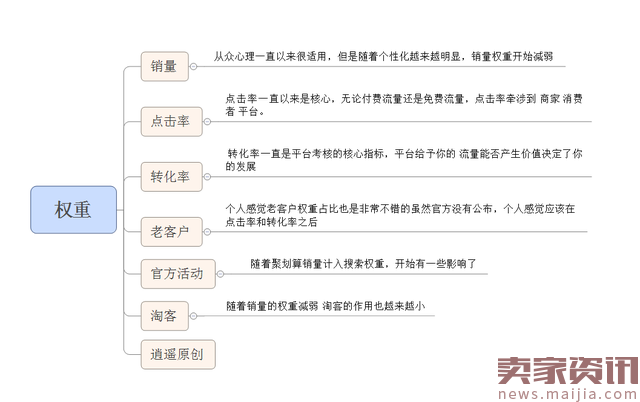
I think it should be: click-through rate + conversion rate + sales + old customers + others = weight = traffic
After roughly clarifying our weight concept and assessment indicators, how should we lay out and position it?
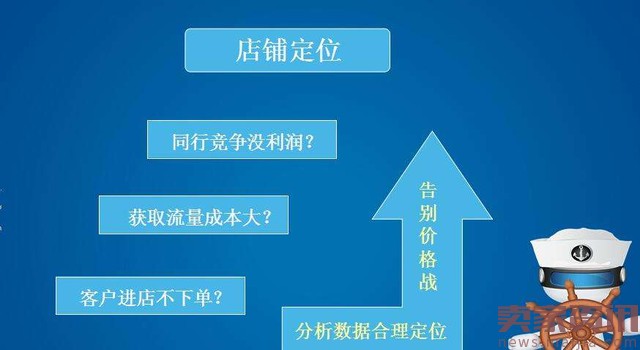
1. Product Positioning:
Traffic drainage: We generally use it for traffic drainage to provide the store with stable and continuous fresh traffic (the original author of this article: Xiaoyao E-commerce, please keep it for reprinting)
Profit: It is the core point of the store's profit source, and it is also the store's second-tier reserve hottest products
Brand model: It is to enhance the overall image of the store, establish a position in the market, and lay a good foundation for the store improvement.
Event payment: Some treasures specifically reported to official events to increase exposure for the store
Hot products: It is a highlight of the entire store and the top priority of improving the store
2. Find the positioning according to the level

The first to the third floor: The system will be supported for about one year
During this period, it is necessary to maintain stable growth and good operating capabilities. For example, if a certain category has a monthly sales of 150,000 yuan, it is necessary to maintain stable monthly sales growth in order to obtain better support, otherwise it may continue to stagnate.
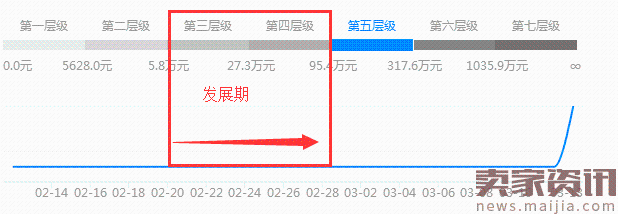
The third to fourth levels: All conditions in the development period or transition period are basically met, and more attention should be paid to breakthroughs, such as single product explosion and activity drainage.
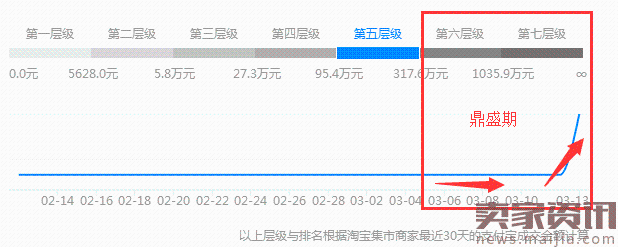
The fourth to sixth floor: The platform will receive relatively greater support during the explosion period. We should pay more attention to products and market share in our own categories, and maintain stable sales growth.

The sixth to seventh floors: It has reached the high-end level of the industry, and all resources and channels have been relatively complete. We must cater to the needs more and make breakthroughs in platform policies.
3. Hierarchical traffic analysis and focus
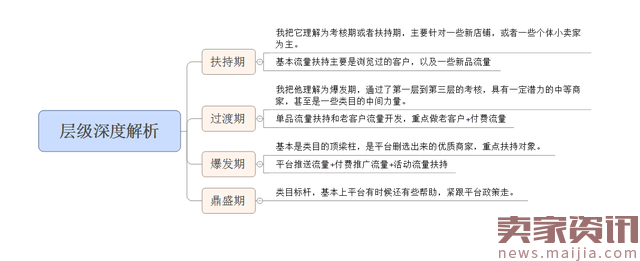
4. Test cases
Case 1:
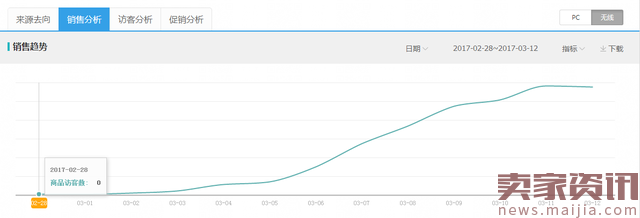
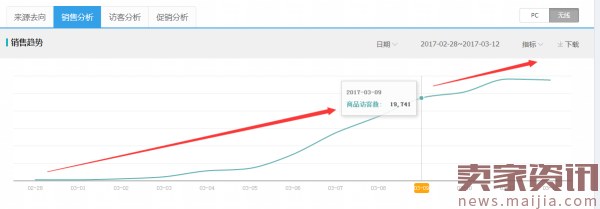
Conclusion: When the click-through rate is good, the conversion rate is good, sales volume increases, and the level increases, the traffic entrance will also become larger and larger.
Case 2:
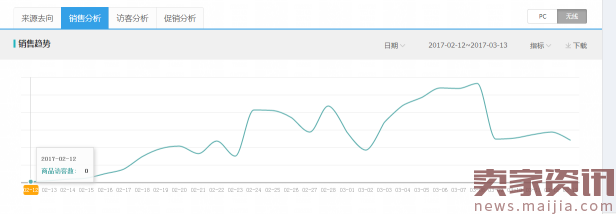
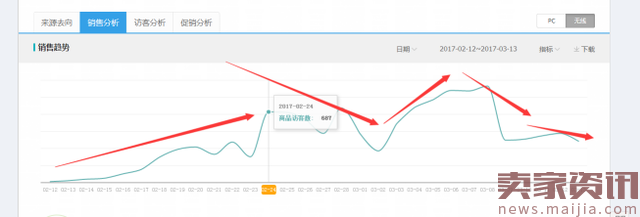
Conclusion: When the click rate is good, the traffic entrance will be enlarged. If the conversion rate cannot be stabilized, the traffic entrance will shrink. The conversion rate of the new product will rebound during the period, and the traffic entrance will also expand accordingly. If the conversion decreases, the product will eventually be ruined, and it is basically useless now.
The most important results obtained through tests are actually the click-through rate and conversion rate. It is also the result of multiple tests. When you have good click-through rate and conversion rate, other things are not very important. When you have good products on the Internet, the most important thing is traffic and conversion!
Summarize:
1. Merchants during the support period: There are certain time requirements and traffic support during the support period, but sales must be met. Otherwise, the support time will be over and the sales level will not be reached. The foundations of each item are poor and the weight is low. If you think about it, it will be difficult to move forward.
2. Transitional merchants: The team basically has a certain prototype, and all assessment indicators are basically qualified. We need to pay more attention to single product breakthroughs, promotions, and activities to obtain greater traffic and conversions, and improve levels.
3. Explosion period: It is the key support target for each category, and the sales of each category also contributes a lot. Taobao Yican advocates supporting small and medium-sized sellers with great support. If you can seize the opportunity, you can move from the transition period to the explosive period.
4. Heyday: It is the pillar and benchmark of all kinds of purposes, and can also obtain more resources and support. It is necessary to keep up with market changes and adjust the direction of the platform policies in a timely manner. (Source: Seller Information)
Thank you for your attention and support to Laogao Crown Club . Please indicate the source of the reprinting website www.shxuanming.net














![#Laogao E-commerce Newsletter# [E-commerce Morning News on April 21]](/update/1618967807l794691849.jpg)


 EN
EN CN
CN
